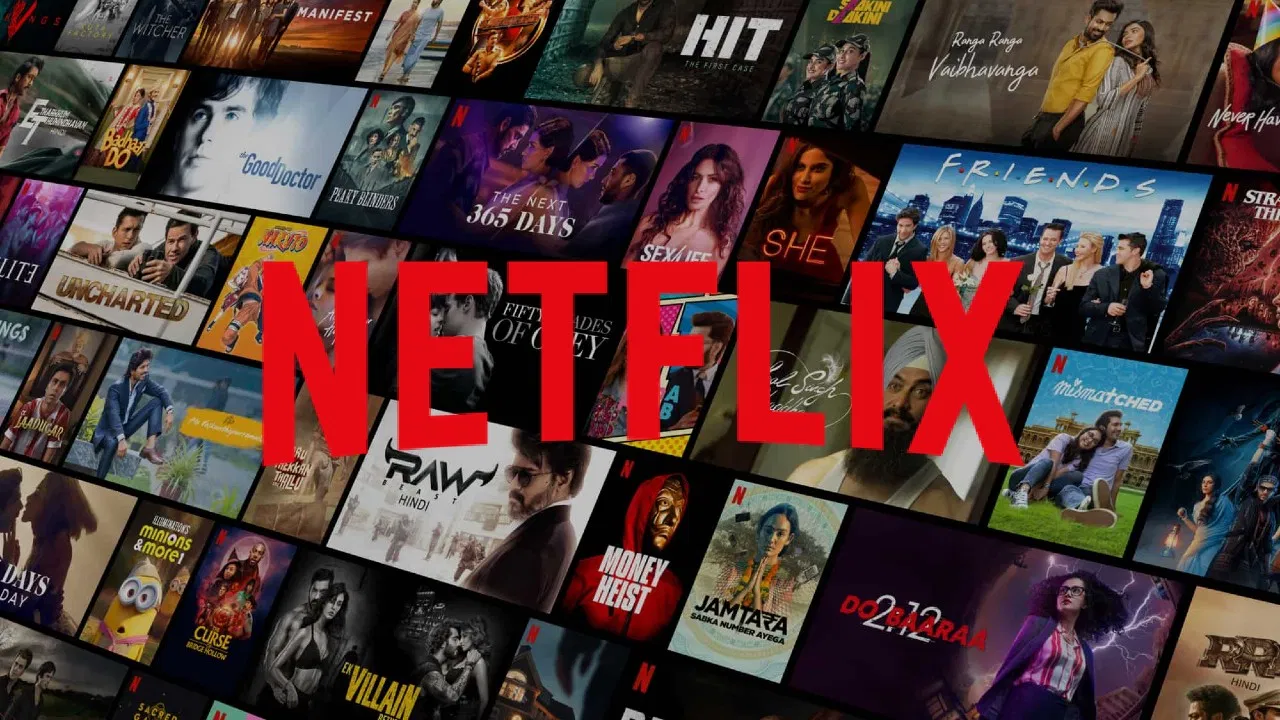Netflix has long been the bellwether for streaming success, often measured by the relentless pursuit of subscriber growth. However, in a surprising pivot, the company has announced that starting next year, it will cease the regular disclosure of its subscriber statistics. This decision marks a significant change in how the streaming giant will interact with investors and analysts.

The End of an Era: Why Netflix is Changing Its Reporting Strategy
For over a decade, subscriber growth has been the gold standard for assessing Netflix’s performance and potential. Yet, the company’s recent announcement signals a shift in priorities.
According to a statement in an investor letter, the streaming giant will only “announce major subscriber milestones as we cross them.”
This comes on the heels of a robust quarterly report where the company added 9.3 million paying users, significantly surpassing Wall Street forecasts.

The company’s rationale for this shift is rooted in its evolving business model. The company states, “In our early days, when we had little revenue or profit, membership growth was a strong indicator of our future potential.
But now we’re generating very substantial profit and free cash flow (FCF).” Moreover, Netflix is diversifying its revenue streams with new ventures like advertising and tiered membership plans, making subscriber numbers just one aspect of its growth narrative.
Netflix is going to stop telling the world how many subscribers it has. Why? https://t.co/zX7trr5fhC
— Insider Entertainment (@insiderent) April 18, 2024
Financial Performance Over Follower Count
This transition away from focusing solely on subscriber growth isn’t just about changing metrics; it’s about adapting to a new financial landscape. Last year, the streaming brand discontinued providing quarterly guidance on subscriber numbers, a move that already hinted at this new direction.
Analysts have continued to estimate growth, but starting in the first quarter of next year, those estimates will become less relevant.
Netflix’s latest financials are telling: the company reported earnings of $2.3 billion on revenue of $9.4 billion in the last quarter. These figures suggest a robust financial health that might reassure investors, even as the traditional metric of subscriber count becomes less emphasized.

Market Reactions and Future Projections
The news of this strategic shift was met with a slight downturn in Netflix shares. This reaction could be attributed to the market’s adjustment to a new evaluation framework where explosive subscriber growth is no longer the primary focus.
However, this change aligns the online streaming giant more closely with companies like Google/Alphabet, which have historically provided minimal business metrics while still enjoying high market valuations.
The Big Question: Will It Work for Netflix?
As Netflix embarks on this new reporting strategy, the industry is watching closely. Will this approach satisfy investors used to a different metric of success?
Only time will tell if the streaming company can continue to thrive in a financial landscape that values diverse revenue streams and profitability over mere subscriber expansion.
This strategic pivot may indeed be a gamble, but it’s one that Netflix seems well-prepared to make. As the streaming market evolves, so too must the metrics by which we gauge success.
Netflix is setting the stage for a new chapter, one where quality may trump quantity, and financial health is the true measure of growth. Will Wall Street agree? That remains to be seen.










